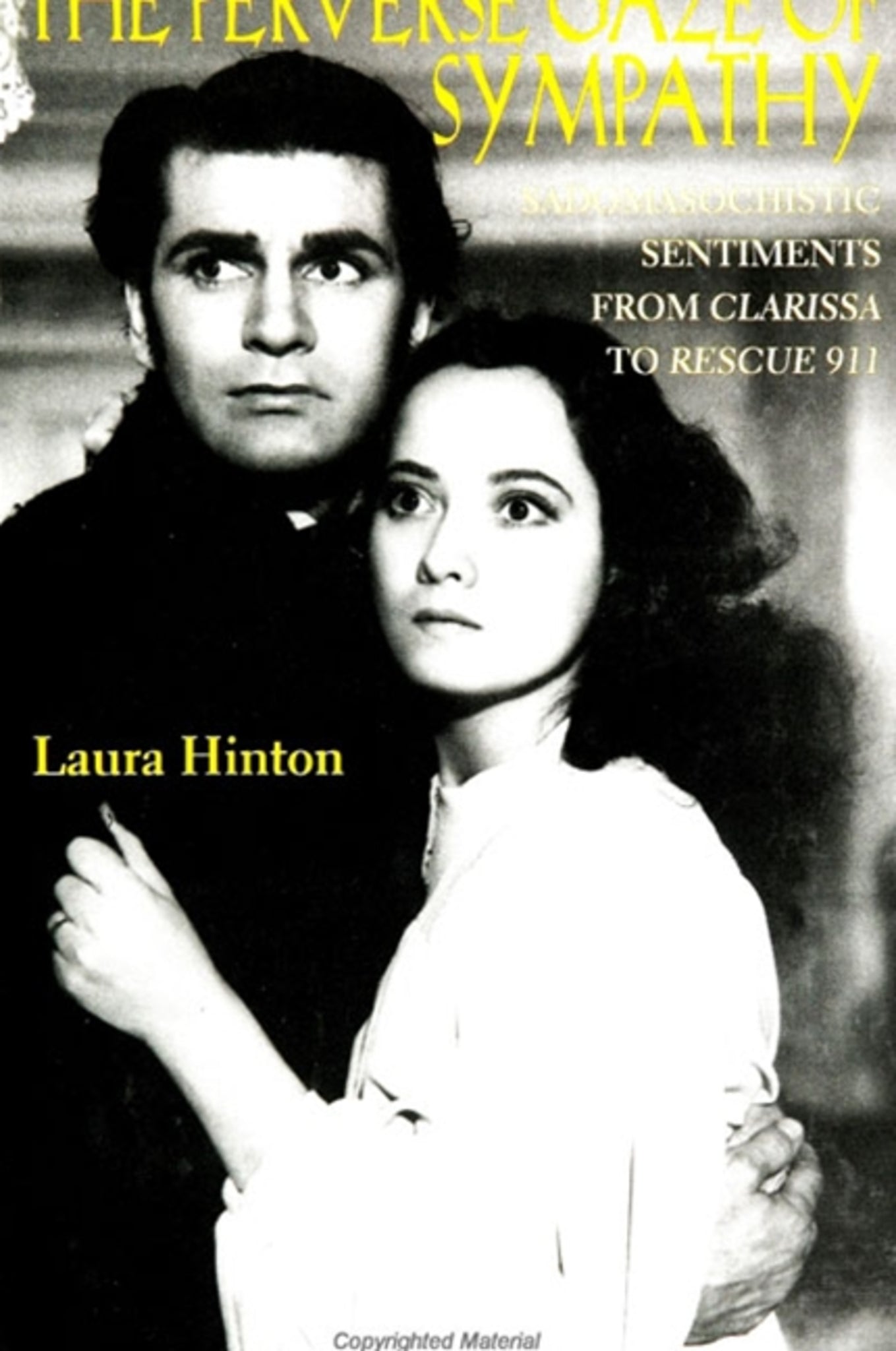We're sorry. An error has occurred
Please cancel or retry.
The Perverse Gaze of Sympathy

Some error occured while loading the Quick View. Please close the Quick View and try reloading the page.
Couldn't load pickup availability
- Format:
-
30 September 1999

Offers a new interpretation of "sympathy" as an instrument for investigating contemporary culture, gender, and visual technique.
Suggesting that sentimental novels, films, and TV melodramas are guided by an ambivalent and sadoerotic sympathy, this book shows sympathetic sentiments to be cultural formulations of male desire, and sympathy itself to be the embodiment of a controlling gaze. In a playful but historically persuasive linkage of diverse texts, Laura Hinton shows how sympathetic spectators love their victims and, in the process, maintain authoritarian codes of sexual and racial difference.


"Hinton's bringing to bear on the novel the sensibility of the reader literate in film alerts her to the role of spectatorship within novels and in the reading process, as it simultaneously allows her to position contemporary sentimental spectatorship in a history that derives from the novel." — Mary Ann O'Farrell, Texas A & M University
"'Sympathy' as it is placed within the broad and richly suggestive synthesis of film theory, psychoanalysis, and literary/cultural history becomes a new topic. This book offers a new interpretation of 'sympathy,' a concept often historically bound, a subject most often relegated to eighteenth-century literary and cultural history; it brings together some of the most important critical and theoretical notions of representation and subjectivity of the past thirty years and creates a new instrument for investigating contemporary culture, gender, and visual technique and technology." — Suzanne R. Pucci, University of Kentucky, Lexington
List of Illustrations
Acknowledgments
Introduction: The Failed Mirror of Sympathy
1. Clarissa through the Epistolary Key-hole
2. A Masochistic Spectator's Sentimental Education: The Illusion of Reality" in Flaubert's L'Education sentimentale
3. Giving Isabel an "Ado" (Adieu): Sympathy and Sadomasochism in James's Preface to The Portrait of a Lady
4. Sentimental Nature in Wuthering Heights; or, Williams Wyler Meets Emily Bronte on the Yorkshire Moors
5. Excessive Women's Sadomasochistic Sentiments: Maternal-Melodrama Fetishism in Imitation of Life and the TV Talkshow Sally Jesse Raphael
6. The Spectacular Survival of Sympathy on Rescue 911
Notes
Works Cited
Index



